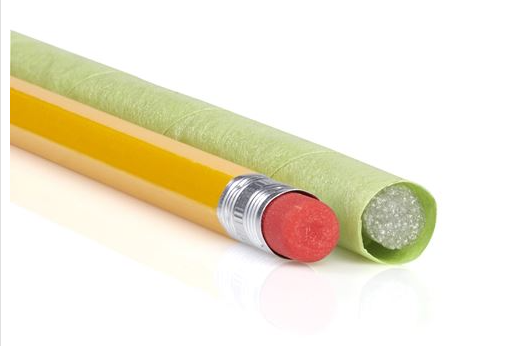How to Remove Automotive Masking Tape Without Leaving Residue: Best Practices

Explanation of automotive masking tape
When working on automotive projects, using masking tape is essential for protecting surfaces from paint, dust, or debris. Automotive masking tape is specifically designed to adhere to various surfaces and withstand the conditions of auto body work.
Importance of removing tape without residue
It is crucial to remove automotive masking tape without leaving any residue behind. Residue can be unsightly and difficult to clean, potentially requiring additional time and effort to rectify. Proper removal of the tape ensures a clean finish and professional-looking results.
Best Practices for Removing Automotive Masking Tape
Use the right tools
1. Gently remove tape with a plastic razor blade
When removing automotive masking tape, opt for a plastic razor blade to gently lift the edges of the tape. This helps prevent scratching or damaging the surface underneath.
2. Use a heat gun or hair dryer to soften the adhesive
Applying heat to the tape with a heat gun or hair dryer can soften the adhesive, making it easier to peel off without leaving residue. Be cautious not to overheat the surface, especially if it is near sensitive materials.
Select the appropriate tape
1. Choose high-quality automotive masking tape
Invest in high-quality automotive masking tape that is designed for clean removal. Quality tape is less likely to leave residue and offers better adhesion during the painting process.
2. Consider the surface and temperature when selecting tape
Take into account the type of surface the tape will be applied to, as well as the temperature conditions it will be exposed to. Different surfaces and temperatures may require specific types of automotive masking tape for optimal results.
Proper removal technique
1. Pull the tape at a 45-degree angle
When peeling off the masking tape, pull it at a 45-degree angle to the surface. This angle helps minimize the risk of tearing the tape and leaving behind adhesive residue.
2. Avoid pulling too fast or too slow
Pulling the tape too fast can result in adhesive being left behind, while pulling too slow may cause the tape to stretch and tear. Find a moderate speed that allows for smooth removal without residue.
Tips for Minimizing Residue
Clean the surface before applying tape
1. Use a wax and grease remover
Before applying automotive masking tape, ensure that the surface is clean and free of any wax, grease, or contaminants. Use a suitable wax and grease remover to prep the area for tape application.
2. Ensure the surface is dry before applying tape
Moisture or dampness on the surface can interfere with the adhesion of the tape and lead to residue upon removal. Make sure the surface is completely dry before applying automotive masking tape.
Use a residue-free adhesive remover
1. Select a product specifically designed for automotive use
Invest in a residue-free adhesive remover that is formulated for automotive applications. These products are gentle on surfaces and effectively dissolve adhesive residue without causing damage.
2. Test the remover on a small area first
Before using an adhesive remover on a larger area, test it on a small, inconspicuous area to ensure compatibility with the surface material and paint.
Common Mistakes to Avoid
A. Using sharp objects to remove tape
1. Risk of damaging the surface
Avoid using sharp objects such as metal razor blades to remove automotive masking tape, as they can scratch or damage the underlying surface.
2. Potential for injury
Using sharp tools increases the risk of accidental cuts or injuries during the removal process. Opt for safer alternatives like plastic razor blades.
Rushing the removal process
1. Take your time to avoid leaving residue
Rushing through the tape removal process can lead to mistakes and result in adhesive residue being left behind. Exercise patience for a clean removal.
2. Patience is key for clean removal
Allow sufficient time for the adhesive to respond to heat or adhesive removers, and take care when peeling off the tape to minimize residue.
Conclusion
Removing automotive masking tape without leaving residue is an essential skill for any automotive enthusiast or professional. By employing proper techniques, selecting quality materials, and exercising patience, individuals can achieve clean and professional results while preserving the integrity of surfaces.
For more info: https://www.tubetape.works/what-it-is
- Industry
- Art
- Causes
- Crafts
- Dance
- Drinks
- Film
- Fitness
- Food
- Games
- Gardening
- Health
- Home
- Literature
- Music
- Networking
- Other
- Party
- Religion
- Shopping
- Sports
- Theater
- Wellness
- News


